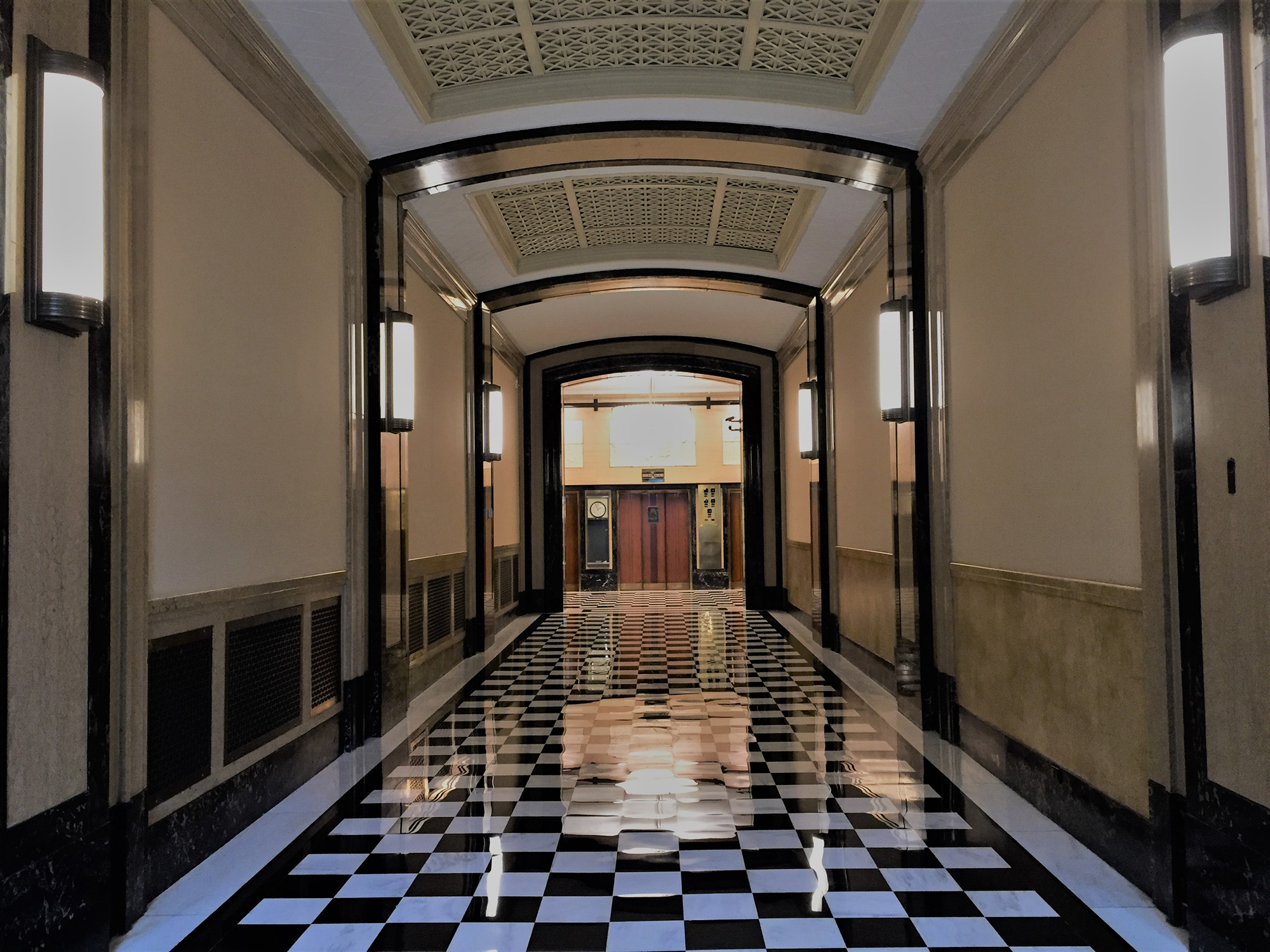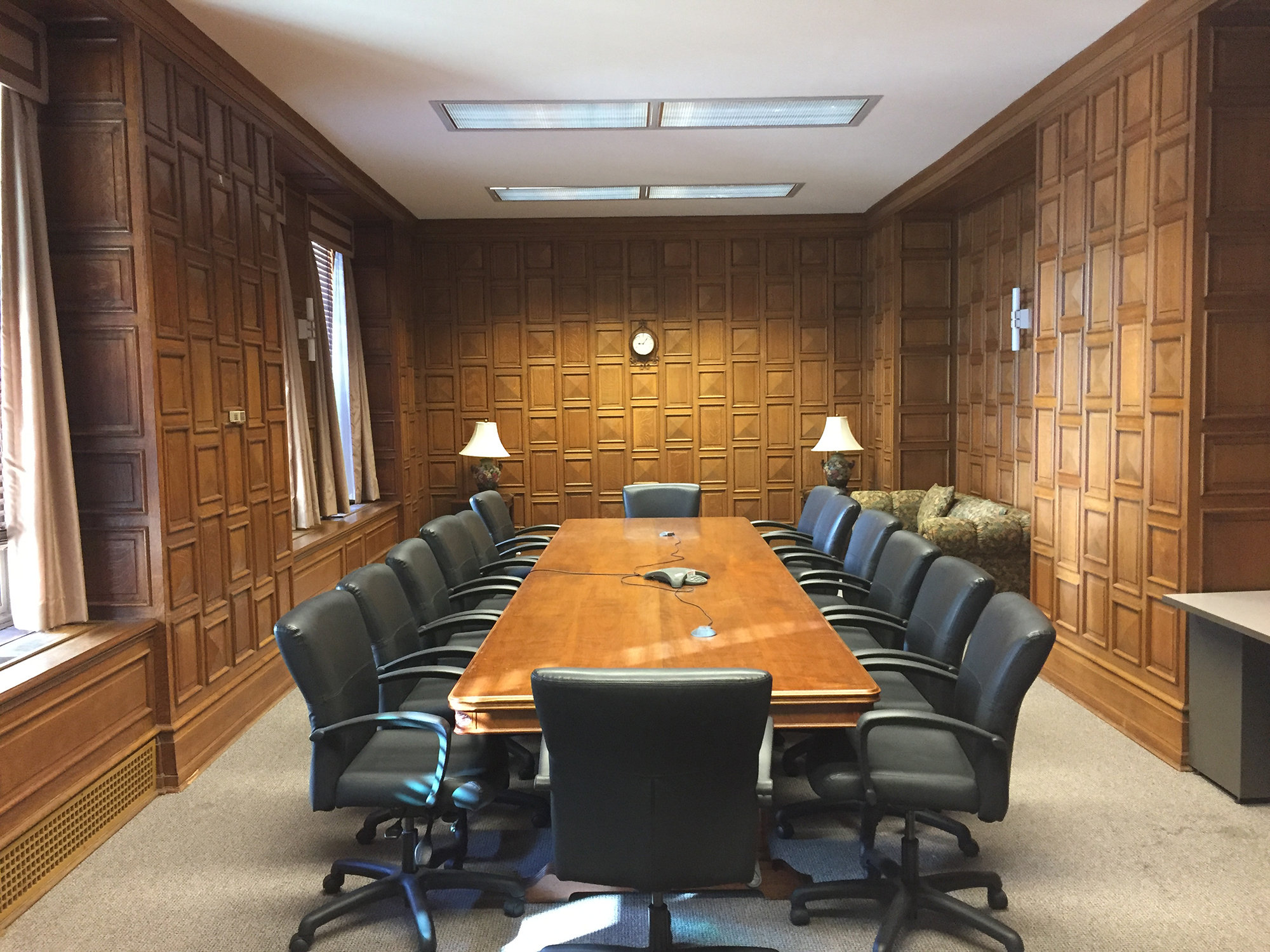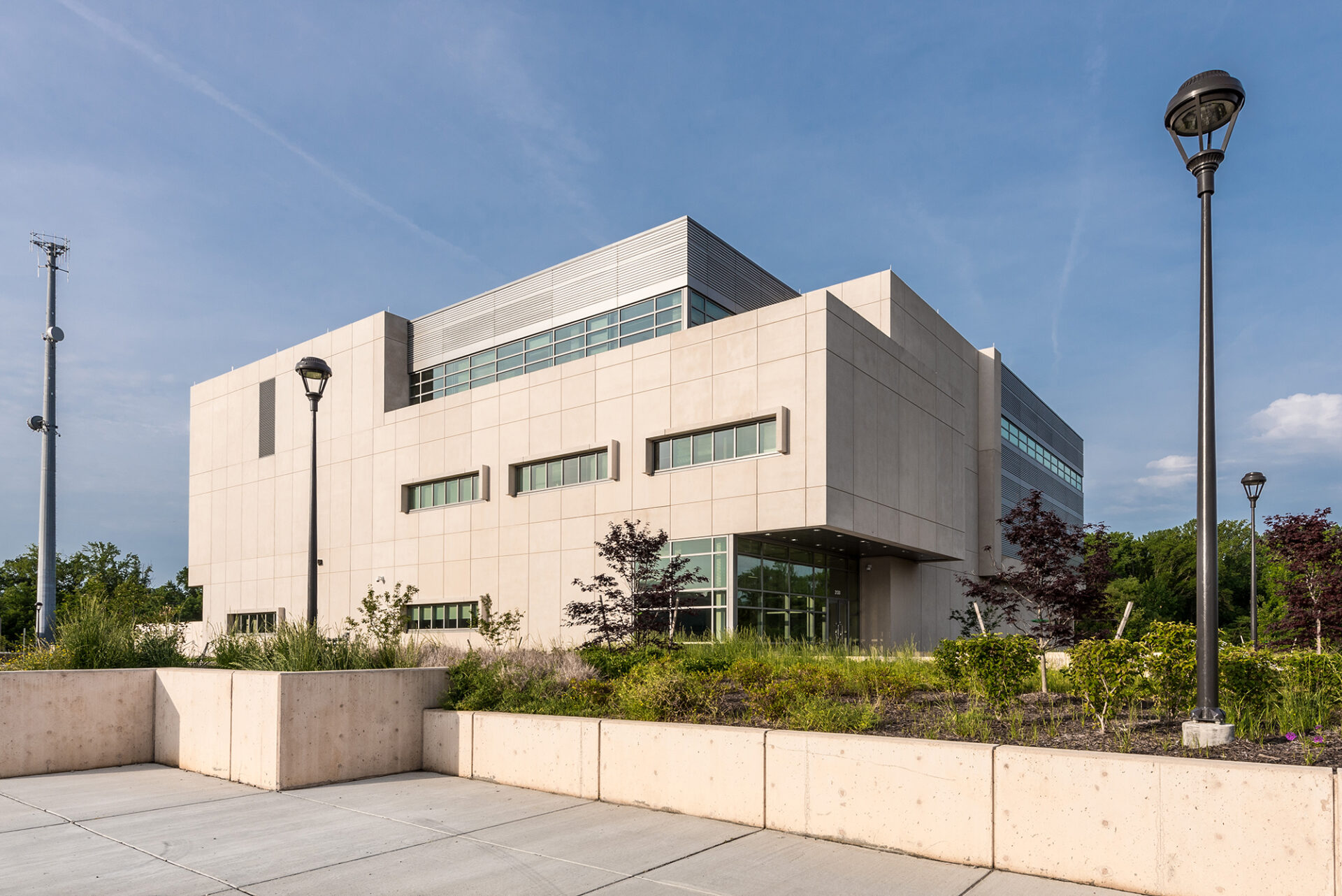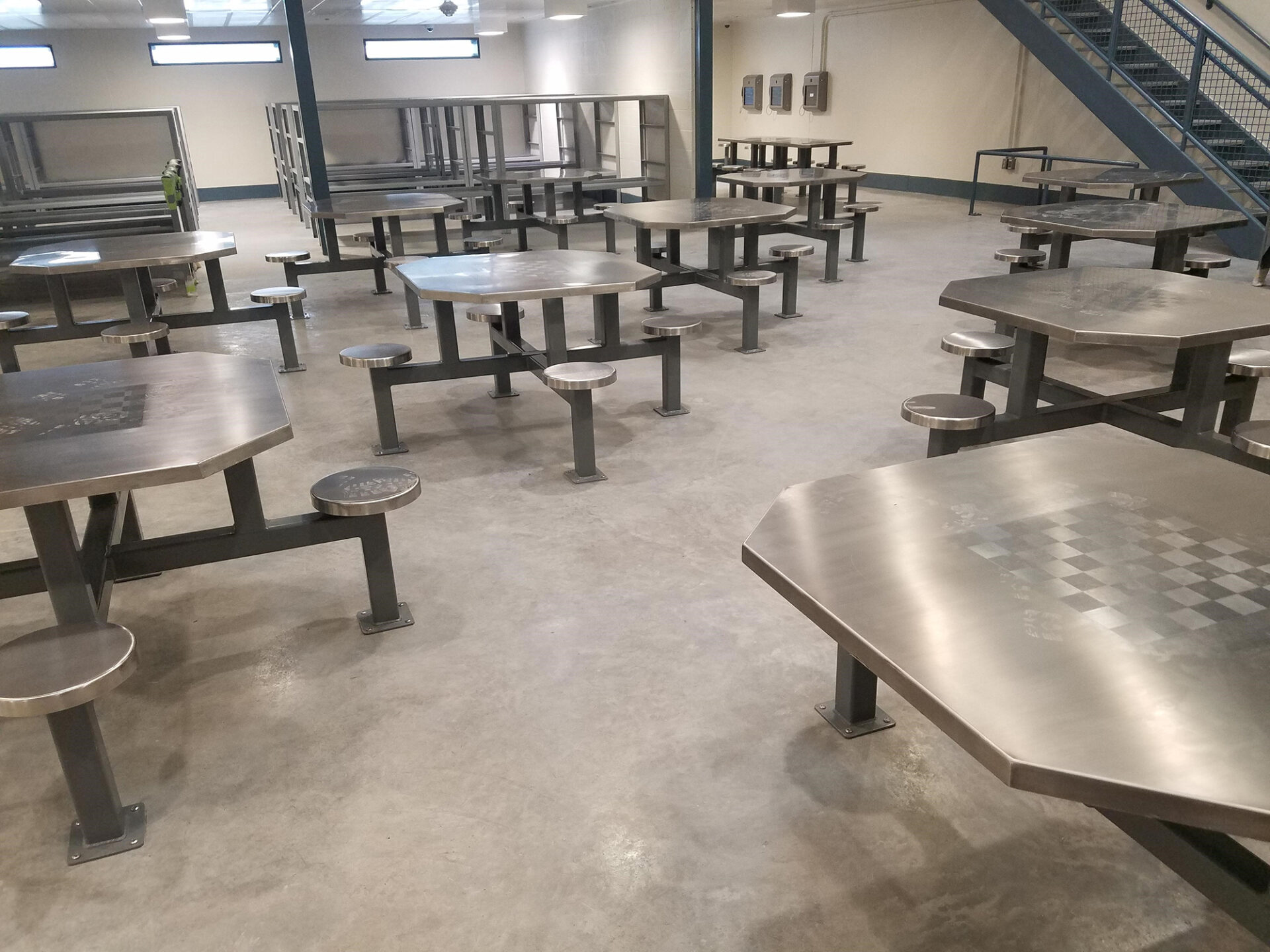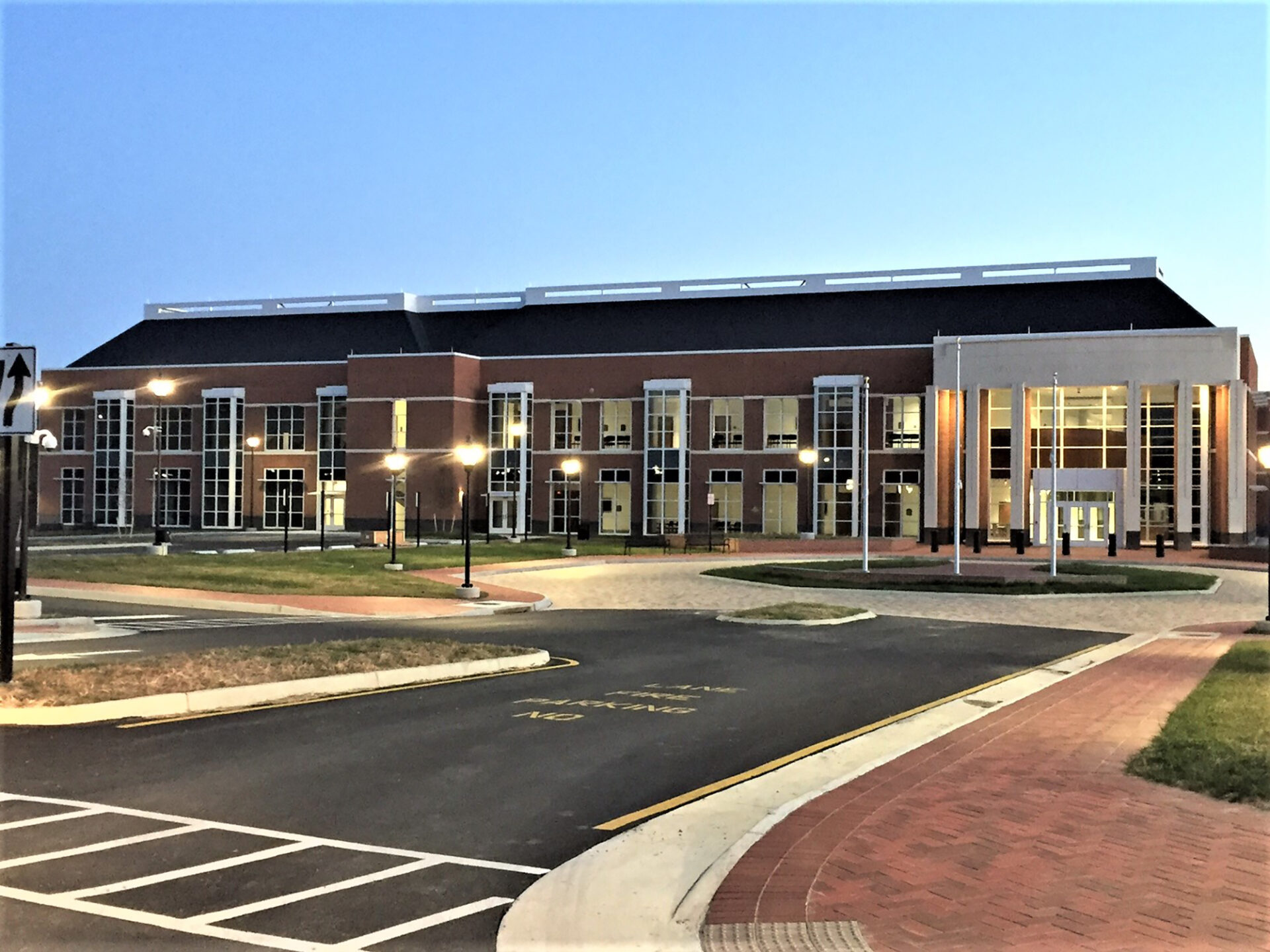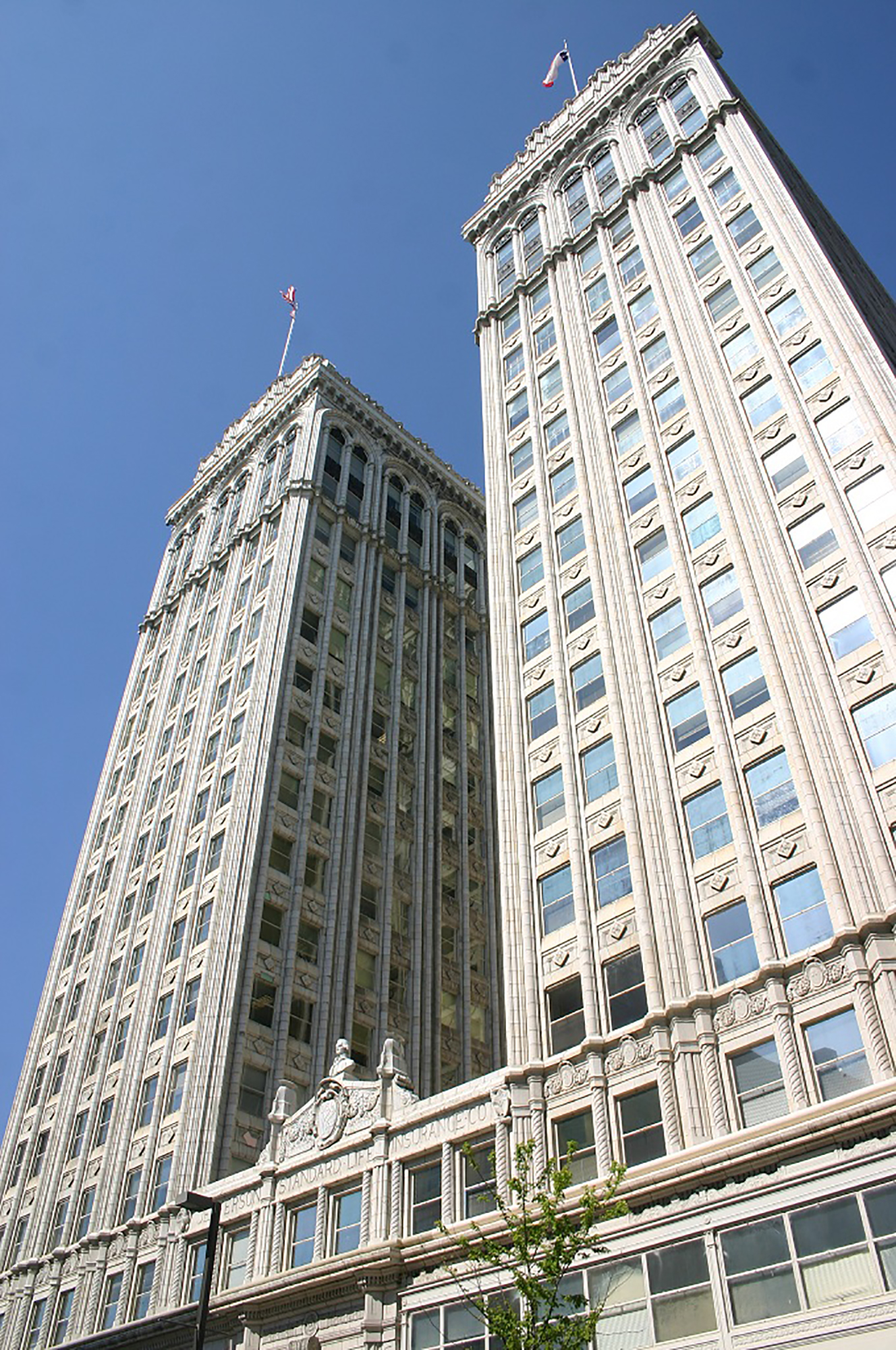
Lincoln Financial Group, Jefferson Standard Building
Greensboro, NC
When Lincoln Financial Group began to examine its physical office space and the properties it had inherited through a series of mergers and acquisitions, it realized it had a special challenge with the Jefferson Life office building in downtown Greensboro, North Carolina. Registered as a historical property, the building was a towering skyscraper of 17 floors and 271,000 square feet when constructed in 1922.
Challenge
Over time, all vertical infrastructure items, plumbing drains, mechanical systems, and electrical feeders were in dire need of replacement. The building was also plagued with the immediate need for abatement procedures on all piping, ceiling, and floor materials. The building was fully occupied with office staff and connected to the adjacent Jefferson Pilot Life Insurance building, constructed in 1988 which was also part of the merger with Lincoln Financial Group. Complete staff relocation from the Jefferson was not an option.
Lincoln Financial Group required upgraded mechanical systems that relied on proper air changes per hour, new electrical and IT infrastructures with expansion capacities, and energy-efficient replacement window units that met the criteria of the North Carolina Office of Historic Properties. Key to these items were rebates from the local utilities and historic tax credits for the adaptive reuse of a historic property. Upgrades to building infrastructure were first installed in the basement and then continued vertically to catch existing waste lines or provide new electrical and mechanical feeders to the lower occupied business floors, as those would be the first areas slated for renovations.
Initially Lincoln Financial Group retained MBP for independent cost estimating, constructability reviews, and commissioning activities. They realized a third party should review the construction phasing, schedule, cost estimating, and building systems of this major renovation. MBP was slated to provide commissioning services from the start, since staff at Lincoln Financial Group were familiar with MBP’s commissioning work in the Carolinas and Virginia. The focus of MBP’s review was to add clarity and constructability to the new vertical infrastructure while meeting the needs of the business units slated for occupancy in the renovated areas.
Solution
Due to the existing occupancy of the building, the designer had proposed seven phases of the project that would expand the project over four and a half years. MBP accommodated this phasing in our cost estimates and constructibility comments. However, in discussions with local contractors and a review of the labor market in the Carolinas, all parties agreed to bid the first two phases as Project One, then look at bidding the later phases of the project as Project One completed. This process also allowed Lincoln Financial Group the opportunity to change contractors or subcontractors should it choose if there were schedule or cost problems with Project One.
Before bidding, MBP also conducted another review of the Project One documents for quality control. This included additional notes for phasing and design of an auditorium/assembly occupancy of the mezzanine level of the building. Once clarified, all seven phases of the work were submitted for review to the authorities having justification (AHJ) for code review and to establish the guidelines for historical renovations. Project One was recognized by the AHJ as a single project within a multi-phase effort, therefore separate occupancy permitting could be accomplished. The AHJ also recognized the overall code interpretations and occupancy limits of the subsequent phases so they would remain constant for the remaining projects.
As work began in the basement to replace boilers, fire pumps, electrical switchgear, and chiller units, the equipment replacement logically progressed with the heating and cooling seasons. MBP continued with on-site observation and construction management services. This work included reviewing previously undiscovered construction situations that required prompt attention. Ductwork testing and other commissioning services were scheduled and completed with no loss in the construction schedule.
As the work continued vertically, additional requirements for the Lincoln Financial Group business units and audio-visual requirements arose. MBP provided clarity in communications to both the designers and parties within Lincoln Financial Group so fair pricing and modifications could be made. MBP continued to track changes and document negotiations throughout the change order process.
Result
Lincoln Financial Group can now continue to occupy and take pride in their historic building that adds character to downtown Greensboro, and they can be confident that appropriate choices were made to provide cost-effective energy systems, and the complete removal of hazardous materials through a certified abatement program, while maintaining the historic nature of the building. The building has infrastructure and systems that should carry it for another 60 to 70 years. Plus, the business units have open floor plans that allow flexibility for office teams, agile workspaces, and new electrical/IT systems that can provide for future needs.

Explore Our Blog
Stay informed with the latest insights, lessons learned, and thought leadership from MBP’s experts.

Be a Part of Something Great
At MBP, you’ll be part of a supportive, collaborative environment where your skills are valued, your growth is prioritized, and your work makes a real impact.
